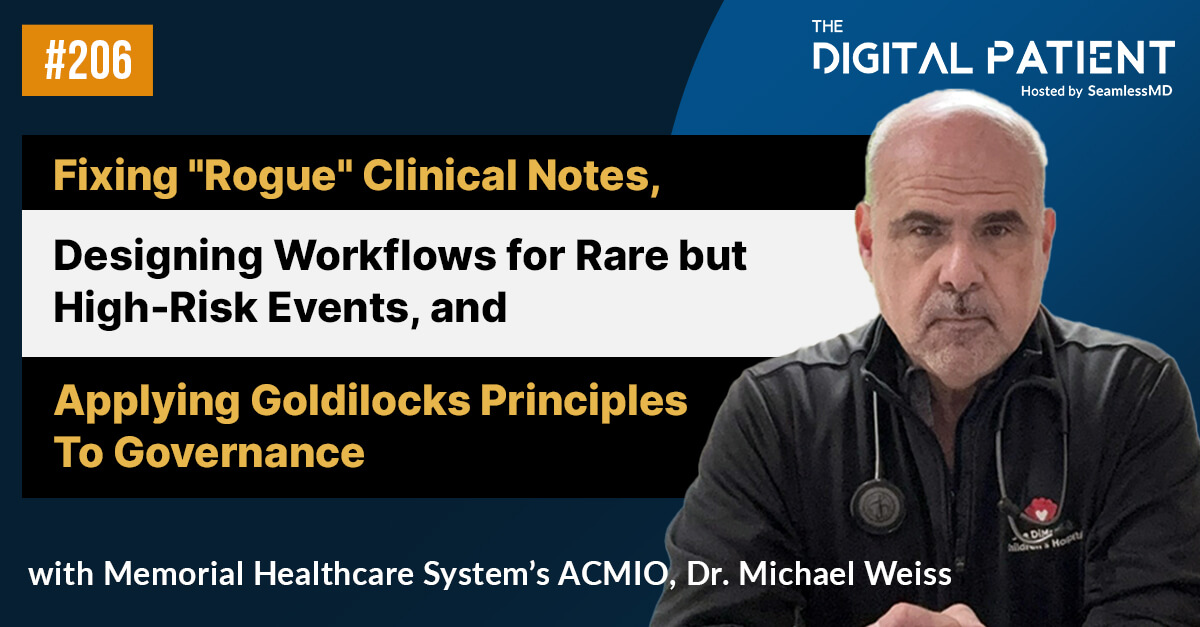UAB Medicine recently spotlighted Dr. Daniel Chu, Division Director of Gastrointestinal Surgery and ERAS Medical Director, on UAB’s experience using a digital care journey platform (SeamlessMD) to automate reminders, education and symptom monitoring for patients pre and post-surgery. Click here to read the full story.
So how exactly did they go from 1 department pilot to multi-department standard of care?
Our 4 takeaways from Dr. Chu's interview:
1. Technology can automate and augment an existing patient journey, but the right journey must first be in-place
Before implementing a digital platform for their 1st use case (Colorectal Surgery), Dr. Chu led the implementation of UAB’s first Enhanced Recovery After Surgery (ERAS) program - a standardized pathway for patients to follow during prep and recovery.
Once the ERAS pathway and thus the patient journey clearly established, using a digital platform to more effectively keep patients on track was a natural next step.
2. EHR integration was key to get buy-in for scale to multiple departments
As early adopters, Dr. Chu and the Colorectal Surgery department were willing to use the digital platform as a standalone. To reduce friction for other surgical departments to get on-board, Dr. Chu worked closely with UAB’s IT team to setup a SMART on FHIR integration with the EHR - allowing providers to enroll and remotely monitor patients via an embedded interface right inside the patient chart.
3. Measuring clinical outcomes is important - however measuring impact on financial performance (e.g. cost reduction) is particularly powerful to prove ROI
Dr. Chu and other UAB departments have published numerous studies on using the digital platform to improve clinical outcomes, such as lower hospital length of stay and readmissions.
However, what really moved the dial for health system execs was the team’s success improving financial metrics:
“We had good outcomes, and we were one of the first groups to show with data that the cost of installing these patient engagement technology programs is not an overall negative — in fact, it often saved money when you look at downstream savings by having shorter lengths of stay and fewer complications… We have had several peer-reviewed publications come out about the cost-effectiveness and benefits of these technologies.”
4. Grants can kickstart initiatives and help generate proof of ROI - however partnership with operational leaders is critical to scale and on-going success
Dr. Chu’s team secured a health system grant to scale out the platform to more departments, before partnering with the Telehealth program for on-going operational funding.
Key to navigating this transition was ensuring that departments did outcomes & cost analyses to demonstrate the value of the initiative even before the grant funding was used up - to ensure a smooth transition from grant-funded pilot to standard of care.
Want to learn more?
For more insight on how Dr. Chu and UAB uses SeamlessMD to improve patient outcomes and lower costs, click here to watch a webinar featuring Dr. Chu who shares more about the UAB experience.
.svg)










.png)
